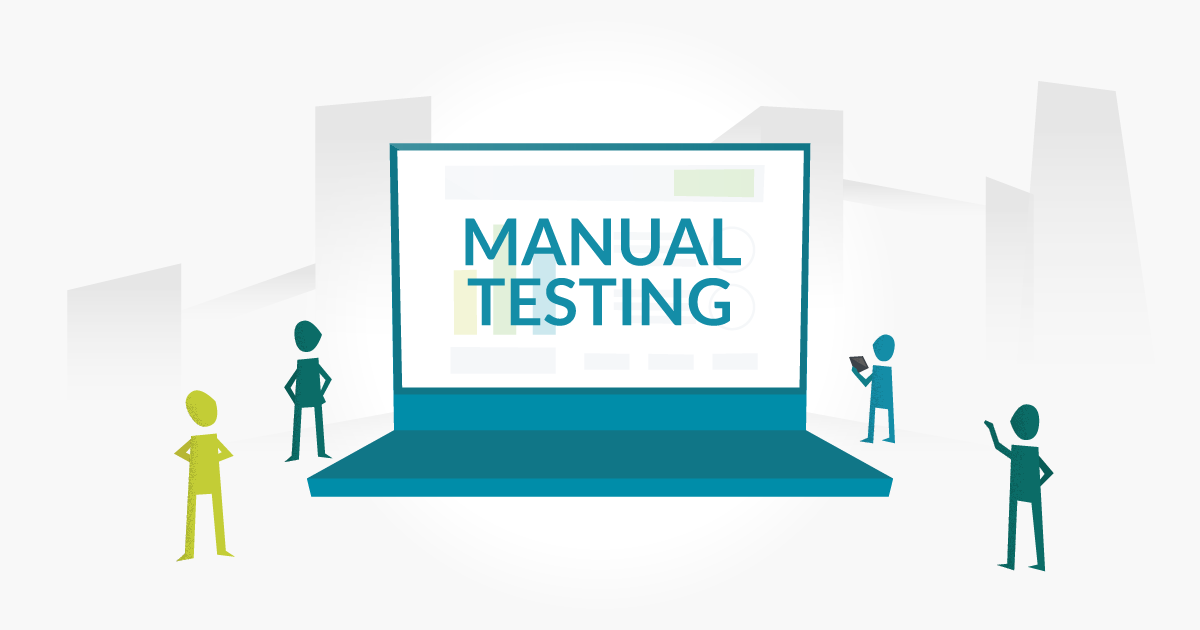In the fast-evolving landscape of software development, the role of manual testing remains fundamental. Manual testing is an essential step in the software development life cycle, ensuring the quality, functionality, and usability of applications. This comprehensive guide aims to equip you with the knowledge and skills needed to master the art of manual testing.
Understanding the Basics of Manual Testing
Before diving into the depths of manual testing, let's establish a solid foundation. Manual testing involves the meticulous process of checking software for defects and ensuring that it meets specified requirements. As technology advances, the importance of manual testing becomes more pronounced in conjunction with automated testing processes.
Key Components of Manual Testing
Test Case Design:
Learn to create effective test cases that cover all possible scenarios. This includes understanding requirements, identifying test conditions, and documenting the steps to execute tests.
Test Execution and Reporting:
Execute test cases systematically, record results, and communicate findings effectively. Gain insights into creating detailed test reports for stakeholders.
Defect Tracking:
Discover how to identify, log, and prioritize defects. Understand the critical role of defect tracking in the software development process.
Tools and Technologies in Manual Testing
Explore the tools and technologies that enhance the manual testing process. While automated testing tools are prevalent, manual testing tools play a vital role in certain scenarios. Familiarize yourself with industry-standard tools to boost your efficiency.
Advantages and Challenges
Delve into the advantages and challenges associated with manual testing. Despite the rise of automated testing, manual testing offers unique benefits and plays a crucial role in ensuring a comprehensive testing strategy.
Mastering Manual Testing for Career Growth
Finally, understand how mastering manual testing can significantly contribute to your career growth. From entry-level positions to senior roles, expertise in manual testing is a valuable asset that organizations actively seek.
Conclusion
In conclusion, mastering the art of manual testing is not just about understanding the process; it's about embracing it as a crucial aspect of software quality assurance. Through this comprehensive guide, you'll gain the knowledge, skills, and confidence to excel in manual testing, positioning yourself as a valuable asset in the competitive field of software development.
So, are you ready to embark on a journey to become a manual testing maestro? Let's dive in and explore the fascinating world of manual testing together.











